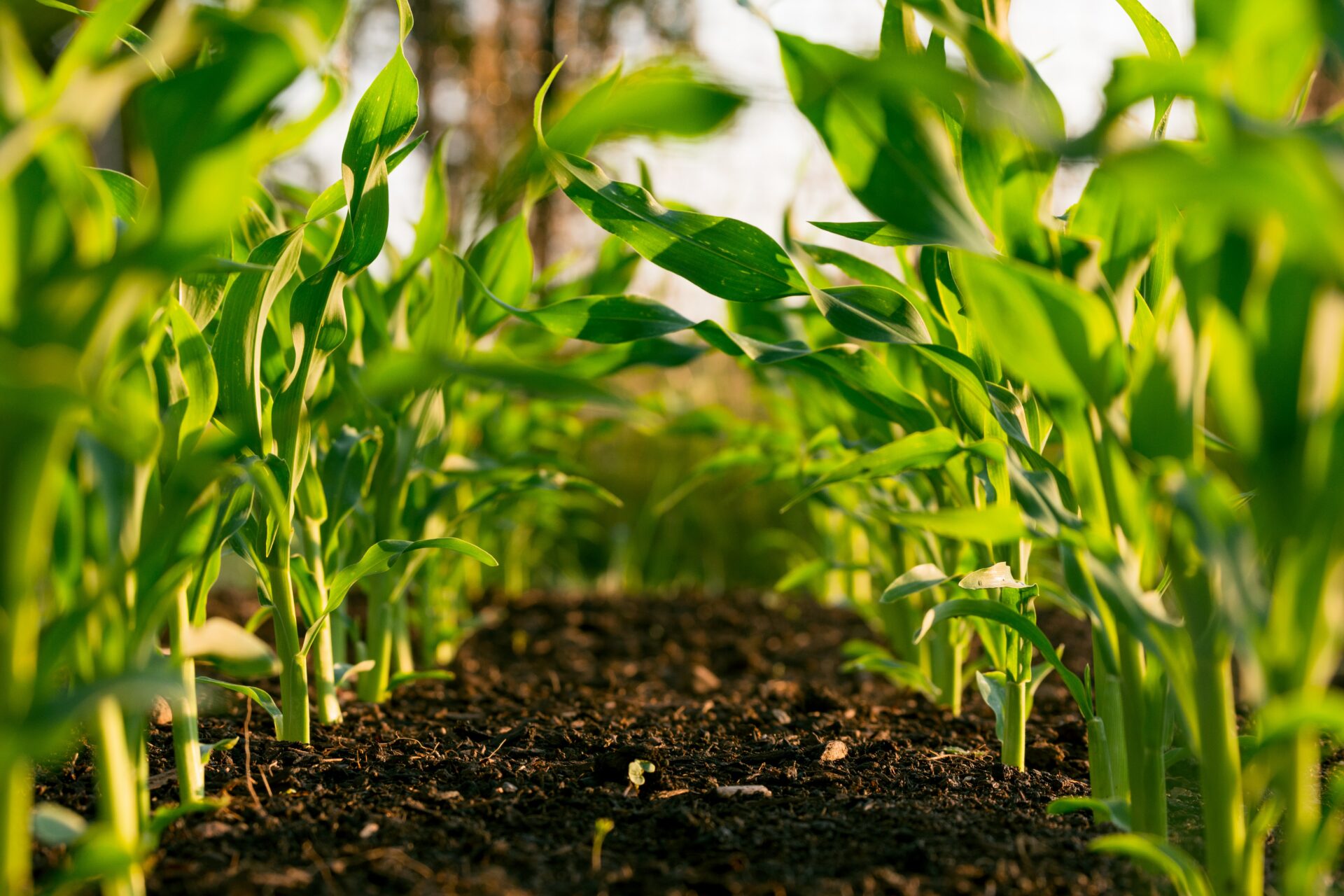Critical innovations for enhancing farmers’ accessibility to sustainable agriculture
It is a paradox: Climate change is slowly becoming the biggest enemy of sustainable agriculture, yet environmentally-friendly practices are urgently needed to mitigate climate change.
Escalating severe frosts, rainfall, floods, and droughts are costing small and family farmers from emerging economies, who produce up to 40% of the world’s agricultural products worldwide, their annual yields. And to make matters worse, unfortunately, farmers’ last resort is often pesticides and chemical fertilizers to overcome climate-related challenges.
And yet, there is a reason for optimism. In emerging economies, conventional agricultural practices are increasingly meeting innovators. Local startups are developing innovative technologies that predict weather conditions, prevent crop losses, and help combat the spread of plant diseases. Finally, they also use creative strategies to provide access to smallholder farmers with tighter budgets. Let’s explore.
Why family farmers face sustainability challenges
The world’s food supplies are at risk. Farmers worldwide struggle with climate change’s consequences and human encroachment on nature. And the impact of changing weather conditions on smallholder farmers is even more severe, as crop failures threaten their daily income and livelihoods.
As the World Resource Institute Mexico explained in an interview: “Small producers in Latin America share problems with large producers, such as the impact of increasingly frequent climatic events like hurricanes, increased wind speeds, droughts, and access to water, as well as the increased incidence of pests and plant diseases.”
In addition, they are often much more vulnerable to these challenges than big corporations. “Smallholder farmers face issues such as lack of capital, access to credit, and difficulty accessing markets. This results in their inability to access differentiated markets such as organic farming,” World Resource Institute Mexico further explains.
In fact, farmers with little access to funding and large-scale agricultural solutions such as driverless tractors and ample greenhouses often have to turn to conventional farming practices.
Examples are chemicals and fertilizers to combat the effects of climate change on crops and increase yields. The increasing spread of pests fueled by climate change is estimated to cost 20-40% of global crop production – about $290 billion.
In this context, the Rainforest Alliance, an international organization strengthening sustainability standards for farmers worldwide, explains: “The excessive use of pesticides, however, can disrupt the necessary systemic balance. For example, the destruction of natural enemy populations can cause pest species to resurge, increasing reliance on pesticides even further. Pesticide overuse is also linked to declines in pollinator populations, negatively impacting yields.”
A solution to better managing pests and weeds is switching to farming practices that prevent pesticide, fertilizers, and chemical use and, this way, strengthen the entire local agroecosystem.
“We need the use of technologies to predict crop diseases and weather. This will allow moving away from the intensive use of chemicals and synthetic fertilizers to organic solutions for smallholder farmers,” Leonardo Gava Mataram, Brazil’s Agriculture Transition Manager at Climate Bond Initiative, commented in an interview.
But how can farmers take advantage of technology when only having access to limited financial resources?
Startups develop precision agriculture solutions
As a result of the growing need for innovation, global organizations and local startups are researching and developing the agri- and food tech sector. With inventions such as soil technology, precision technology, and big data, the global agri-tech market is expected to reach $46,372.5 million by 2030 at a compound annual growth rate of 17.3%.
A considerable part of agri-tech focuses on precision agriculture which emerged in 1998 and has since made great leaps. Modern precision agriculture enables analysis and adjustments that improve yield and enable more sustainable practices, such as using fertilizers on an as-needed basis instead of all over the field.
To mention a few examples: Syocin, an Argentinian startup, is developing high-precision protein-based biobactericides capable of eliminating the bacterial phytopathogens that affect crop production and distribution. Other precision agriculture startups, like Kilimo or Instacrops, enable substantial seed savings by measuring optimal growing conditions. And with the help of GPS-driven gadgets, farmers can identify problematic areas for the soil and use satellite imaging to distribute seeds and fertilizers where needed.
Yet, such technology is expensive. In Colombia, for example, according to C4IR.CO, only 31% of agricultural actors, generally large companies, use technology. The figures are so low mainly because of the high investment costs, which most farmers cannot afford.
The subscription economy transforms access to agri-tech
Subscription solutions for agriculture, similar to Netflix or Spotify, is the key term for the funding development currently taking place in the AgTech industry. In return for a monthly or usage-based fee, farmers receive selected software solutions and technical equipment to use.
“You can’t help farmers if the technology is difficult and expensive. That’s why we use a complex, easy-to-use dashboard and a Software as a Service business model,” explained Mario Andrés Bustamante Bernucci, CEO and Co-founder of Instacrops. Instacrop is one of the startups that provides a full-stack monitoring and management platform via subscription payments.
In India, the use of FaaS has proved to enhance yields and farm management for smaller farm holders successfully. FaaS is often used for pre-production, production, and post-production, helping local farmers share information, provide inputs, and access markets on much more favorable terms than other financing solutions. As a result, investment in FaaS solutions increased fivefold between 2013 and 2016 and continues to gain traction.
“The XaaS model is a successful trend increasingly spreading in Latin America as well. It is a safe and efficient way to provide access to technology for financially weak farmers,” confirmed Leonardo.
Despite greater accessibility, challenges remain
Digitalization is, for sure, one of the keys to emancipating farmers. Capturing, monitoring, and controlling assets, soil, crop health, and temperature is the only way to meet the needs of more sustainable agriculture and still harvest sufficient crops.
But despite the innovations available, other challenges still need to be addressed. For example, farmers need access to the Internet and low-cost energy to access technology’s advantages genuinely. Across many African countries, for example, less than 40% of farming households have Internet access, and data costs remain prohibitive. And to enable the conscientious use of technologies and use them to advance sustainable farming practices, larger organizations need to give educational and strategic support to farm holders.
As much as when planting trees, so does life begin at the root. It’s time for the world to help develop a more nutritious soil for sustainable agriculture by giving small producers access to knowledge, tech, and financial support.




